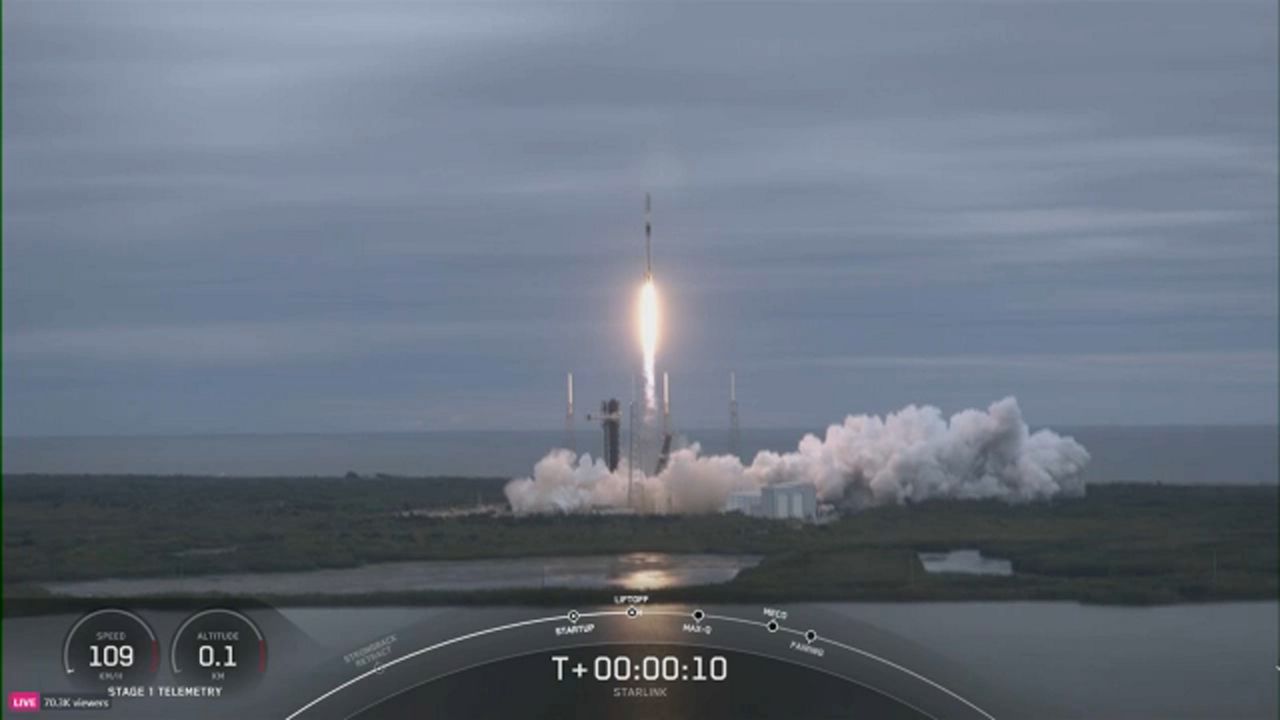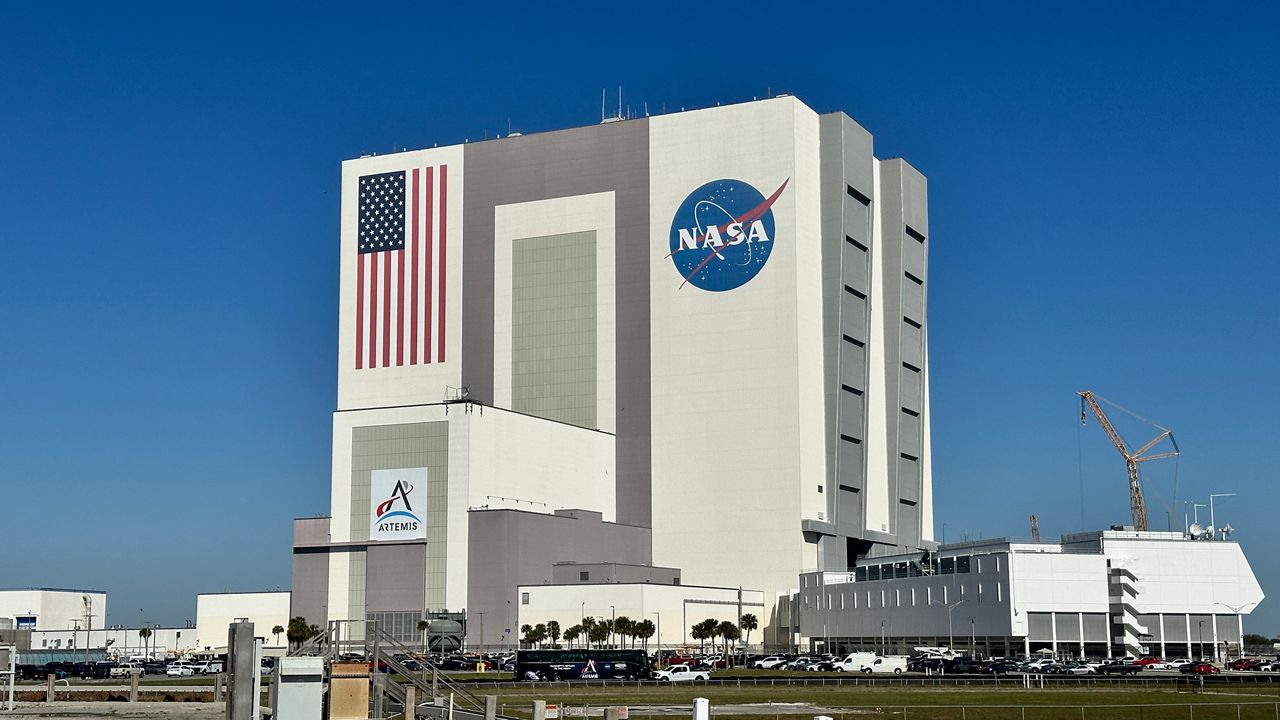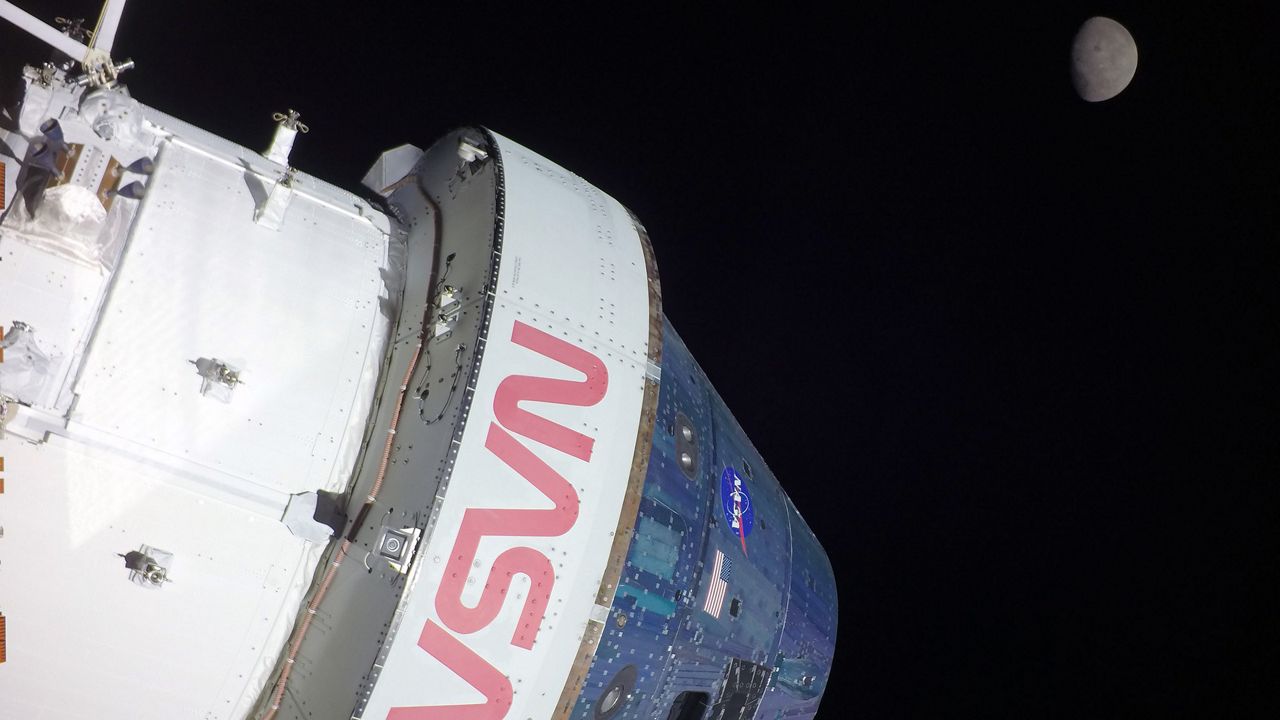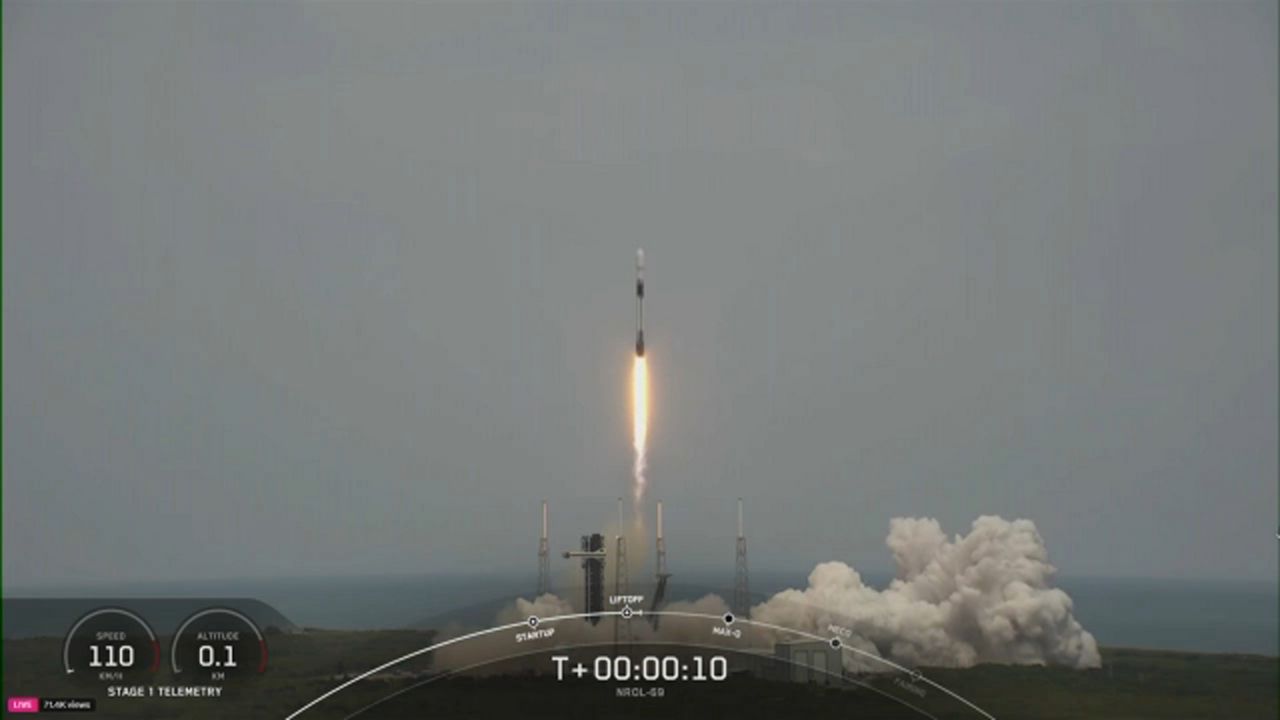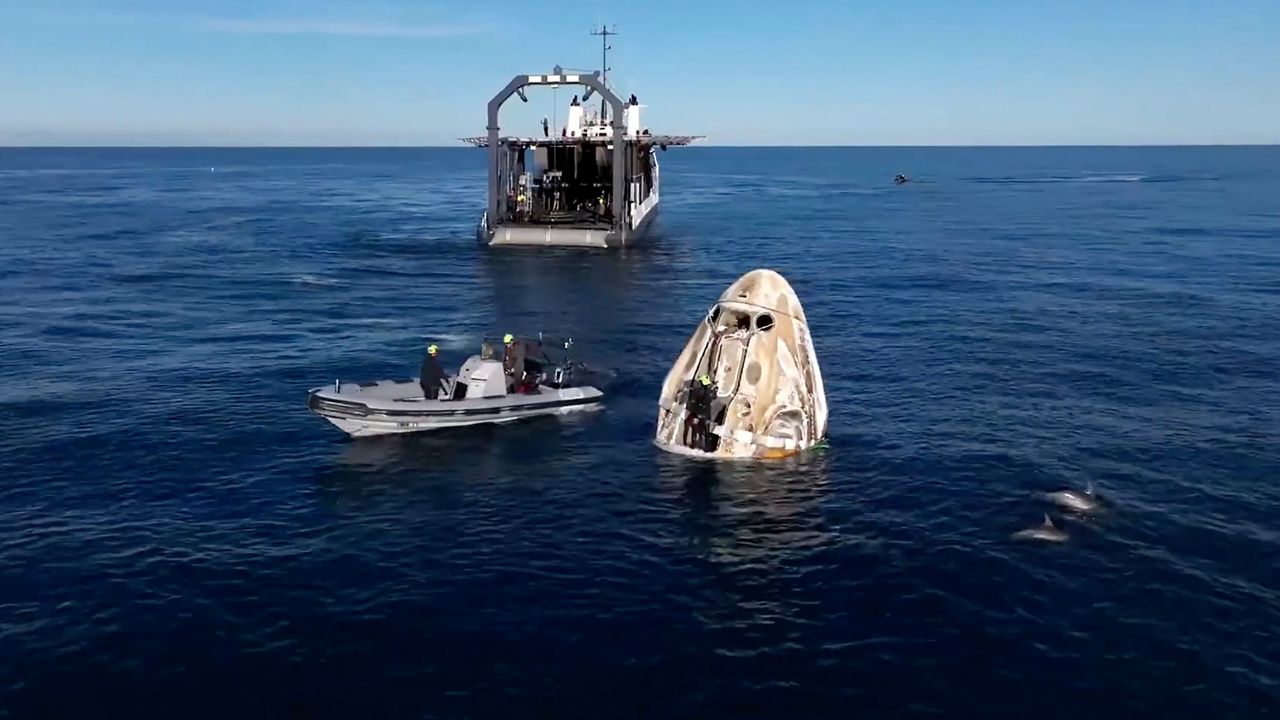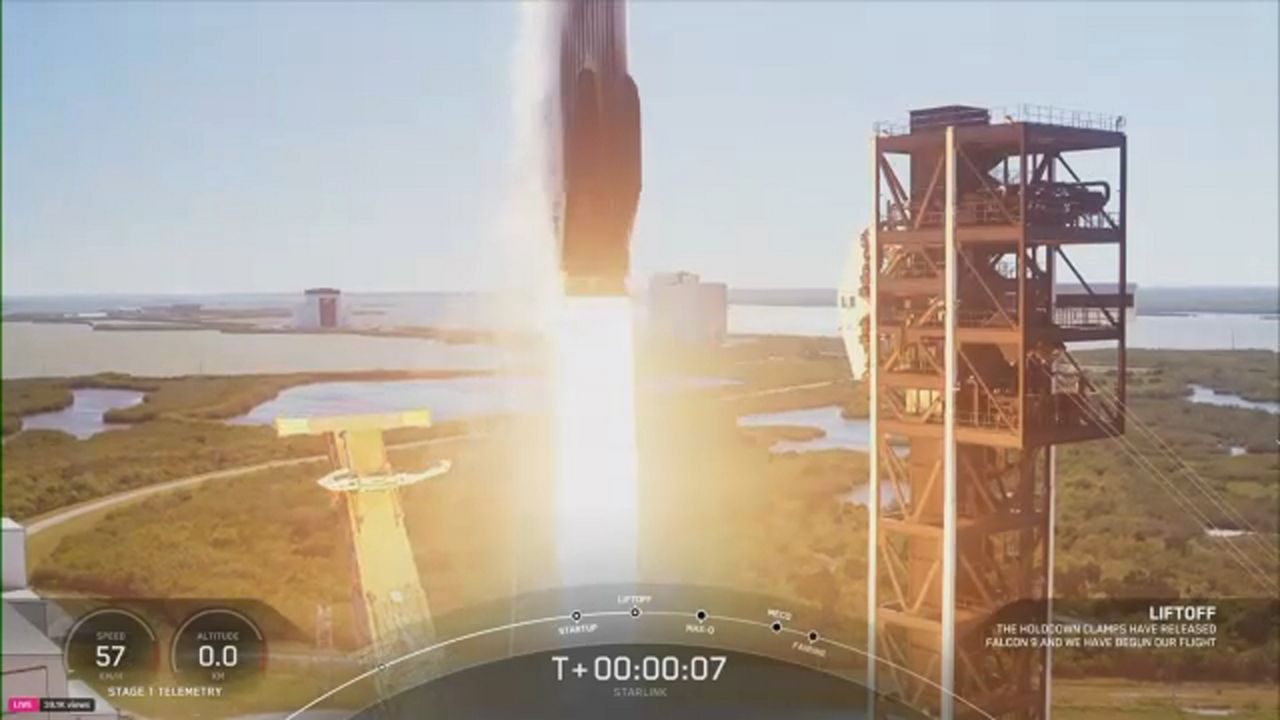CAPE CANAVERAL SPACE FORCE STATION — Breaking through the clouds, SpaceX was able to launch more than 20 Starlink satellites Monday morning.
What You Need To Know
- SpaceX will send off more than 20 satellites
- The company’s Falcon 9 rocket will take off from Space Launch Complex 40 pad
The Falcon 9 rocket sent up Starlink 12-4 mission from Space Launch Complex 40 at Cape Canaveral Space Force Station, stated SpaceX.
The launch window opened at 11:47 a.m. ET.
If it was scrubbed, the next attempt would have been Tuesday at 9:32 a.m. ET.
Going up
This is the 15th mission for the Falcon 9's first-stage booster B1080. It has had 14 missions before this launch, including a couple of crewed ones:
- ESA’s Euclid telescope
- Ax-2 crew mission
- Starlink 6-11 mission
- Starlink 6-24 mission
- Ax-3 crew mission
- CRS-30 mission
- Starlink 6-52 mission
- Starlink 6-62 mission
- ASTRA 1P
- NG-21 resupply mission
- Starlink 10-10 mission
- Starlink 6-69 mission
- Starlink 12-1 mission
- Starlink 12-2 mission
After the stage separation, the first-stage rocket landed on the droneship A Shortfall of Gravitas that will be in the Atlantic Ocean.
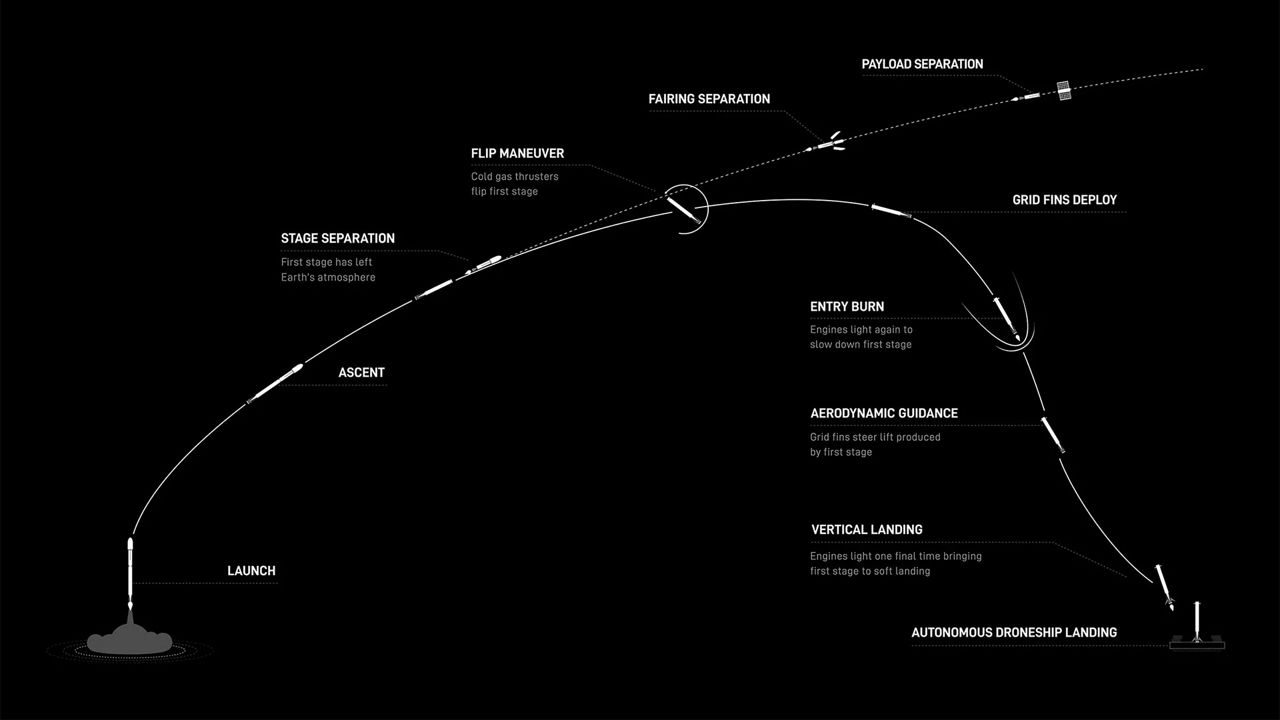
About the mission
The 21 satellites from the Starlink company, owned by SpaceX, will be heading to low-Earth orbit to join the thousands already there.
And 13 of them have direct to cell capabilities, explained Starlink.
Once deployed and in their orbit, they will provide internet service to many parts of Earth.
Dr. Jonathan McDowell, of Harvard-Smithsonian Center for Astrophysics, has been logging Starlink satellites.
Before this launch, McDowell recorded the following:
- 6,912 are in orbit
- 6,227are in operational orbit




